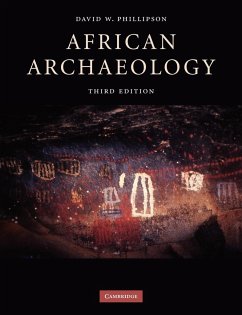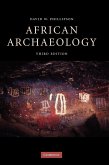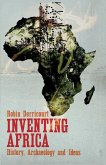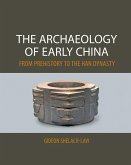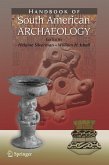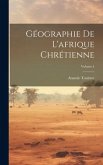Research in Africa is now accepted as an integral part of global archaeological studies. As well as providing archaeologists with the oldest material, Africa is also widely recognised as the birthplace of modern man and his characteristic cultural patterns. Archaeological study of later periods provides unique and valuable evidence for the development of African culture and society, while ongoing research in Africa provides insights relevant to the interpretation of the archaeological record in other parts of the world. In this fully revised and expanded 2005 edition of his seminal archaeological survey, David Phillipson presents a lucid and fully illustrated account of African archaeology from prehistory and the origins of humanity to the age of European colonisation. The work spans the entire continent from the Mediterranean to the Cape of Good Hope and demonstrates the relevance of archaeological research to the understanding of Africa today.
Hinweis: Dieser Artikel kann nur an eine deutsche Lieferadresse ausgeliefert werden.
Hinweis: Dieser Artikel kann nur an eine deutsche Lieferadresse ausgeliefert werden.
' ... an important updated summary and synthesis of our knowledge of Africa's distant past and Phillipson deserves to be congratulated for this undertaking. It provides a ready and readable reference source for students and the layman interested in the archaeology and prehistory of Africa ... Phillipson's important achievement here is to bring together as much of the research material as possible into a single book, accompanying this with his own interpretation of the various types of evidence based on his long experience in research and writing in African archaeology.' Journal of African Archaeology

